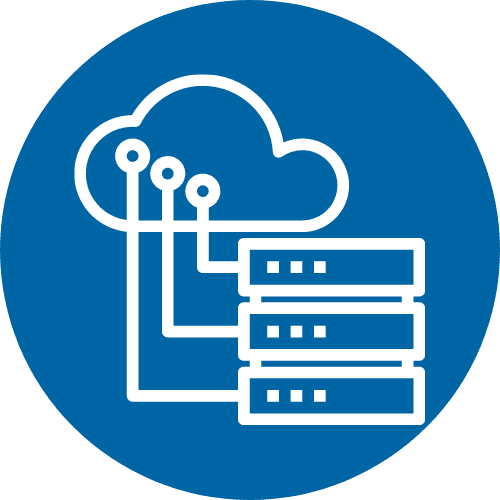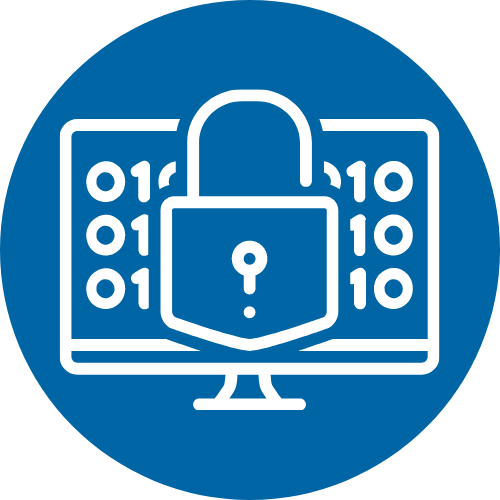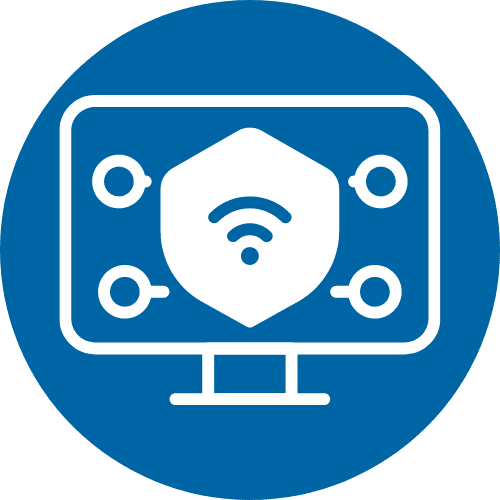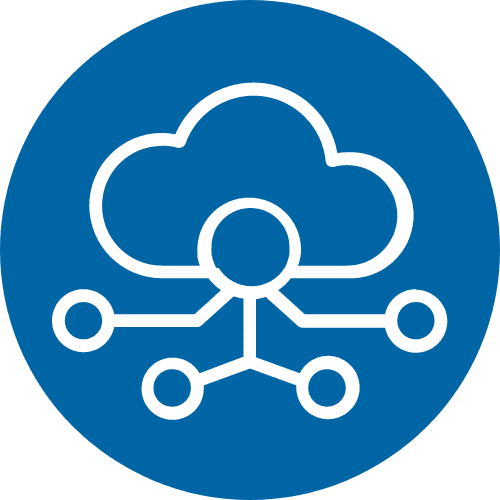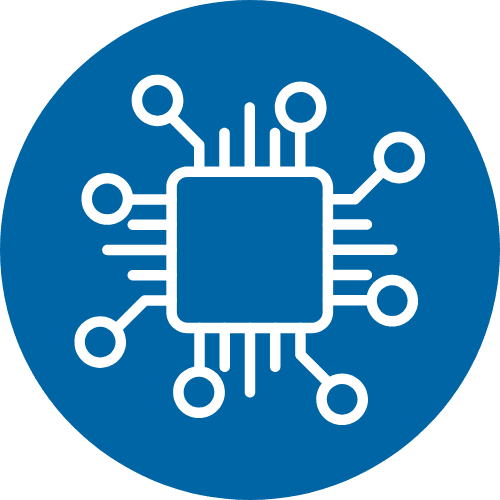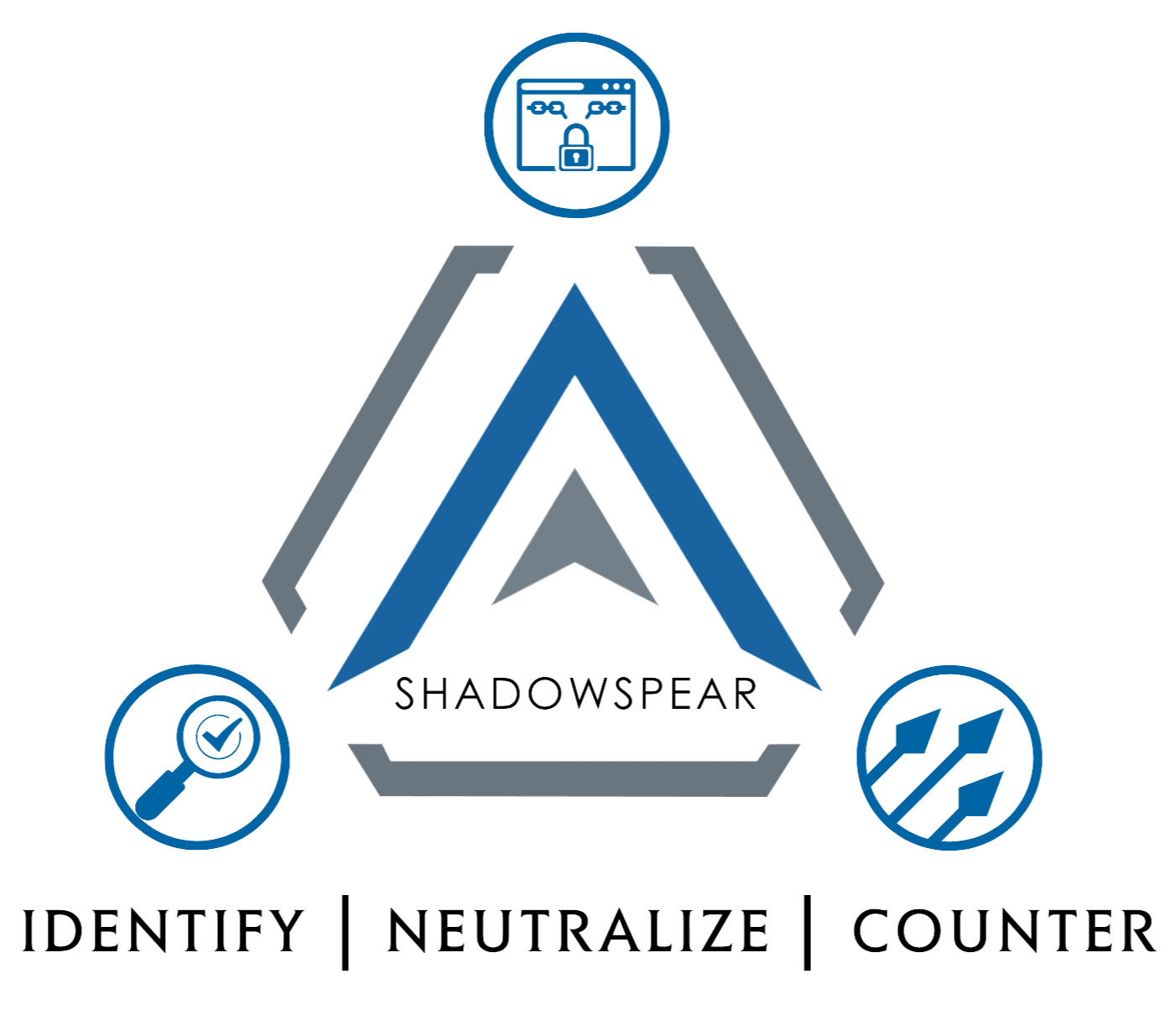- Incident Response
Incident Response
When you experience a breach, time is crucial. Our 24/7 Security Operations Center responds immediately with precision to eliminate the threat and restore operations.


- ShadowSpear (24/7 SOC)
ShadowSpear® (24/7 SOC)
ShadowSpear® is an unparalleled resource that defends your organizations against advanced cyber threats and attacks 24/7/365.


- Advisory Services
- Risk Assessments
- Vulnerability Assessments
- Security Program Development
- Adversary Services
- Threat Hunting
Advisory Services
Your organization has cybersecurity weaknesses and vulnerabilities you don’t yet even know about. They need to be found and found immediately. If you don’t someone else will.







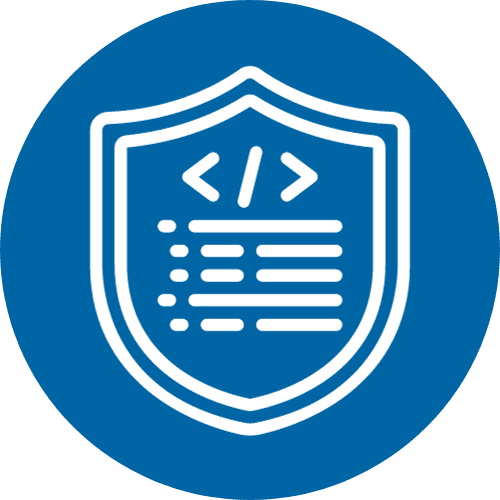

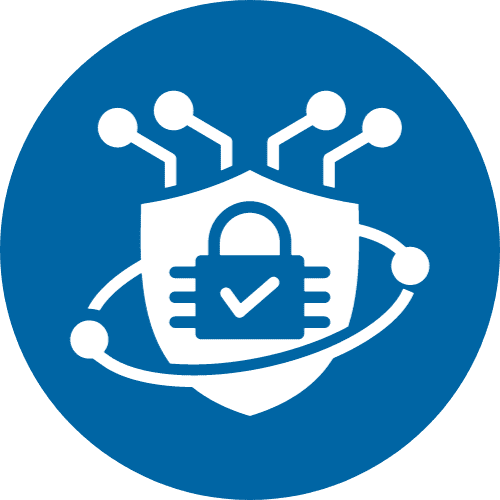

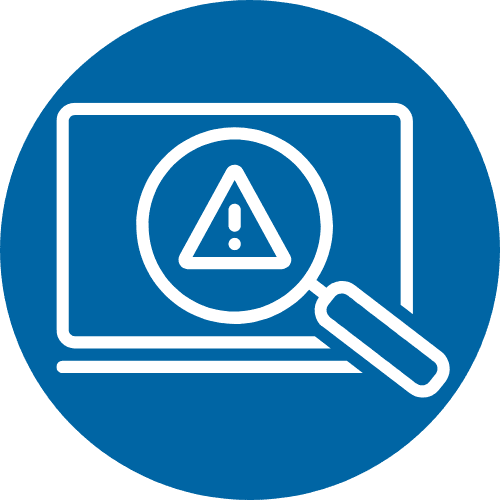
- Industries
